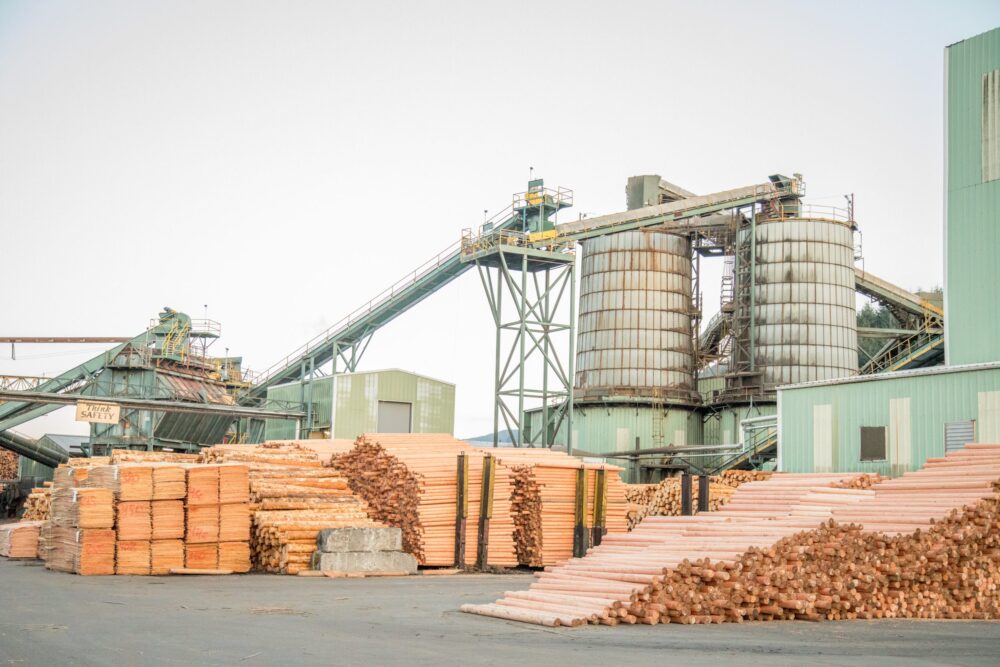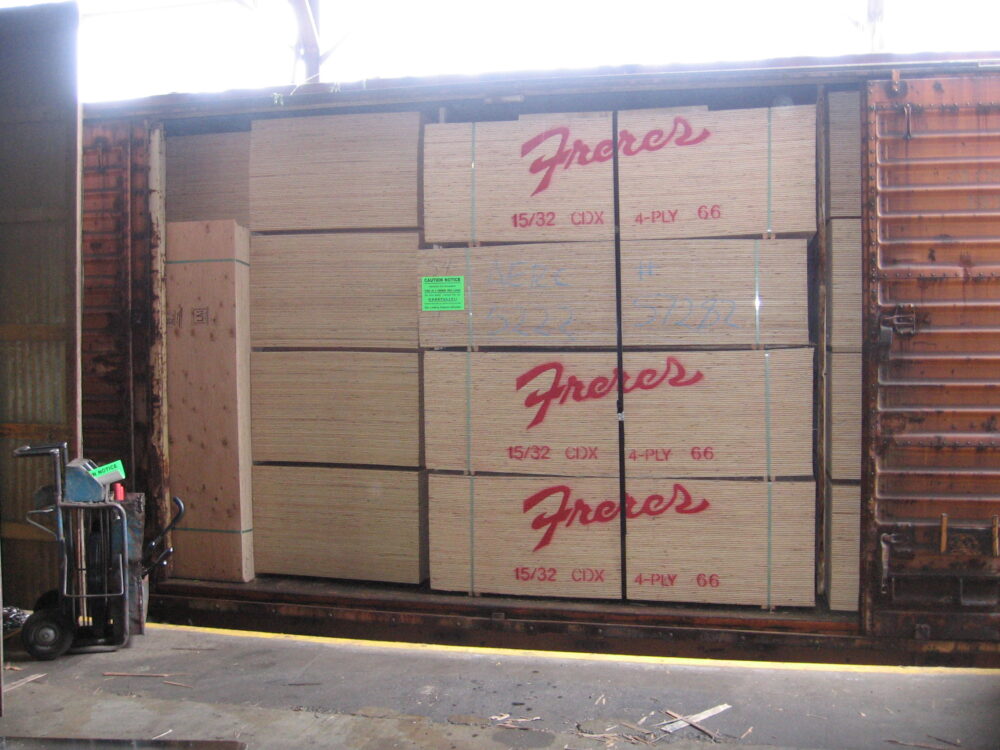Here we go, again? For the wood products industry, December is historically a month characterized by a downturn in markets due to winter weather impacting end-use markets for our goods.
That paradigm was thrown out the window in December 2020 as we witnessed the beginning of a historic rise in prices during the first two quarters of 2021. We are now on the same trajectory as 2021, but there are always different nuances in the markets that lead to different outcomes.
Lumber has led the way, yet again. The RL Framing Lumber Composite was $590 at the end of November 2021 but strengthened to $1038 by the end of December. Lumber futures markets are higher than the current cash market indicating that the market believes that this is not a short-term anomaly, but will likely persist in the first quarter of 2022.
Panel markets are strengthening as well, but have been lagging the movement in the lumber market. The RL Structural Panel Composite ended November 2021 at $638 and subsequently strengthened to $908 by the end of December. The reasons for the pricing strength have typically been a general increase in demand for housing in the US, transportation disruptions due to truck driver shortages in the US, unpassable highways in Canada, tariffs, higher stumpage prices in Canada, and a push in Canada toward reducing the volume of harvestable timber through old-growth deferrals and reducing annual harvest.

The housing market is indeed strong. Current projections for 2022 are for housing starts to remain over 1.63 million starts. Authorized, but not yet started, construction is at the highest level since 2006. Transportation rates have also risen considerably; contracted rates to Arizona are now equal to the rate that we used to pay to ship to New York. Canadian producers do seem to be pushing for higher prices amid lower timber supplies and higher tariffs.
From our perspective, however, the elephant in the room for 2022 is log cost. Log costs in 2021 were historically high, but relatively stable, due to the large volume of timber available from local salvage logging and private landowners restoring their properties to growing forests. The onset of winter in the Pacific Northwest has restricted log supply and log prices have soared in the last couple of months to levels that we have never seen before.
Open market log costs increased 30 to 50 percent over the last month, driven by local manufacturers who have depleted their log decks prior to winter and are scrambling to keep their mills operating. Lumber producers can cover log cost increases due to the meteoric rise in lumber prices, but veneer and panel producers are not at a level to sustainably absorb the increases. If log supply remains constrained and prices remain elevated, these costs will invariably be passed on to consumers. We don’t believe there will be any short-term drop in panel prices due to these cost pressures.

We will continue to operate at reduced operating schedules at our veneer plants until there is an equilibrium between veneer pricing and current log costs. We have pushed for, and are getting, significant price increases across all veneer market segments LVL, specialty panels, and structural panels.
It is interesting to note that while Random Lengths’ 99 percent increase in panel prices from the end of November to the end of December, veneer prices have only increased about 10 percent over the same period. Multiple veneer producers were curtailed due to weather over the holidays, while most panel manufacturers ran extended holiday schedules with limited down time due to Saturday holidays and extended order files at high prices. In their veneer reporting, Random Lengths continually misses the mark and is not representative of the markets we are experiencing or the prices at which we are selling.
We would like to enter 2022 with a sense of stability and of optimism, but unfortunately there is still a sense of disquiet and disorder. We have no more clarity from federal or state governments as to how future regulation will impact us.
The federal government is still being litigated by environmental groups to stop the salvage and restoration of our local forests into sustainable ecosystems. Oregon mask mandates were lifted, then reinstated, then made permanent. We haven’t seen business impacts from the Omicron variant, yet, but anticipate that the regulatory response may be as harsh as the disease.
Product price increases are good for us, but the drop is always rougher than the rise and we wait with foreboding. I think we, like most businesses, are cautious and weary. We hope 2022 outperforms everyone’s expectations and there will be more happiness than gloom.
Subscribe
We’ll send you a notification when a new story has been posted. It’s the easiest way to stay in the know.